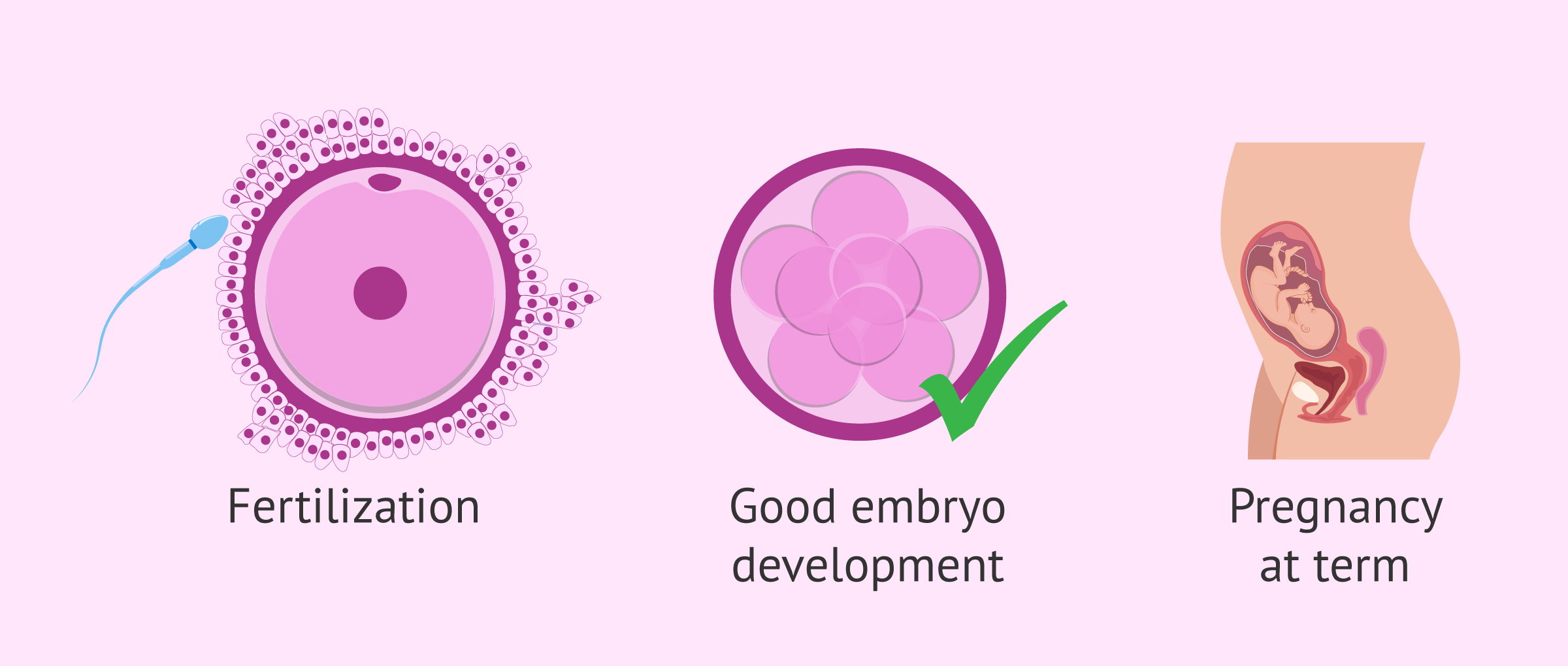This article discusses the modern methods of birth control used to prevent pregnancy after unexpected intercourse. Emergency contraceptives are methods of contraception that can be used after intercourse. These are needed after emergency unprotected intercourse or in cases where the contraceptive method used has failed (eg condom burst, forgotten to take the pill). This should never be used as an everyday birth control method.
Emergency contraceptive pills are currently sold under the brand name postinor in Sri Lanka. This is available at most drugstores. It contains levenogestrel. It is available as two tablets or as one tablet. This pill contains ten times the amount of levenogestrel in a regular birth control pill.
Taking levogestrel 1.5mg (1 pill postinor 1 or 2 pills postinor 2 at the same time) up to 96 hours after sexual intercourse can be used as an emergency contraceptive method. Success here is between 52-94. This can prevent about 80% of conceptions. But taking this as early as possible will increase success.
This medicine works by preventing the release of eggs from the ovaries. In addition, it is speculated that this will impair the passage of sperm through the cervix and create an unsuitable environment for the implantation of an embryo in the uterus. But according to the latest medical data available, this drug is effective only if taken before ovulation. Therefore, pregnancy cannot be prevented by taking these pills during the last 14 days of the menstrual cycle.
Because this medicine does not cause an abortion, it does not work after the embryo has implanted.
Complications such as vomiting, nausea, and irregular menstruation may occur due to this. If vomiting occurs within two hours of taking the medicine, the same dose should be taken again. If the period is more than 7 days late than the scheduled date, a urine test should be done to check if you are pregnant. Cases of failure of emergency contraceptive pills containing Levenogestrel are described in a separate article.
This is a small device that a doctor can insert into the uterus through the cervix. This prevents an embryo from implanting in the uterus. Inserting an IUD within 5 days of unprotected intercourse can prevent unwanted pregnancy. This is more reliable than hormonal pills. This can prevent 99% pregnancy. An added advantage is that the IUD can continue to be used as a birth control method for up to 10 years if needed.
It is not advisable to take emergency birth control pills from time to time. The dose of hormones contained in these is very high. Therefore, the possibility of complications is high. Also, emergency contraceptive pills cannot prevent pregnancy 100%. Other birth control methods are more reliable and safer. Consult a doctor and choose the right birth control method for you.
Here is The 10 Effective
Methods to Prevent Emergency Pregnancy
Emergency pregnancies can bring unexpected challenges and changes into one's life. Fortunately, there are numerous reliable methods available to prevent such situations. By educating oneself about these methods and taking proactive steps, individuals can significantly reduce the risk of unplanned pregnancies. In this article, we will explore ten effective methods to prevent emergency pregnancies.
1.
Contraceptive Pills:
Contraceptive
pills, also known as birth control pills, are one of the most commonly used
methods to prevent pregnancy. These pills contain hormones that prevent
ovulation, making it difficult for sperm to fertilize an egg. It's essential to
take the pills consistently and as prescribed by a healthcare professional for
maximum effectiveness.
2.
Condoms:
Condoms are
a popular barrier method of contraception that not only prevents pregnancy but
also protects against sexually transmitted infections (STIs). They create a
barrier that prevents sperm from reaching the egg. Condoms are easily
accessible and can be used by both males and females.
3.
Intrauterine Devices (IUDs): Already Mention Up
IUDs are
small, T-shaped devices that are inserted into the uterus by a healthcare
provider. There are two types of IUDs: hormonal and copper. Hormonal IUDs
release hormones that prevent ovulation and thicken cervical mucus, while
copper IUDs create an environment that is toxic to sperm. IUDs provide
long-term contraception, ranging from 3 to 10 years, depending on the type.
4. Birth
Control Implants:
Birth
control implants are small, flexible rods that are inserted under the skin of
the upper arm. These implants release hormones that prevent ovulation and
thicken cervical mucus, making it difficult for sperm to reach the egg. Birth
control implants are highly effective and can provide contraception for up to
three years.
5.
Injectable Contraceptives:
Injectable
contraceptives, commonly known as Depo-Provera, are hormonal injections that
are administered every three months by a healthcare provider. These injections
prevent ovulation and thicken cervical mucus, reducing the likelihood of
pregnancy. Injectable contraceptives are convenient for individuals who prefer
not to take daily pills.
6.
Emergency Contraception:
In cases
where regular contraception fails or is not used, emergency contraception can
be used to prevent pregnancy after unprotected sex. Emergency contraception,
also known as the morning-after pill, should be taken as soon as possible after
intercourse for maximum effectiveness. It works by preventing ovulation or
fertilization of the egg.
7.
Sterilization:
Sterilization
is a permanent method of contraception that involves surgically blocking or
sealing the fallopian tubes in females (tubal ligation) or the vas deferens in
males (vasectomy). These procedures prevent sperm from reaching the egg, thus
eliminating the possibility of pregnancy. Sterilization should be considered
only by individuals who are certain they do not want to have children in the
future.
8.
Fertility Awareness Methods:
Fertility
awareness methods involve tracking menstrual cycles and identifying fertile
days to avoid intercourse during ovulation. This can be done through various
techniques such as tracking basal body temperature, cervical mucus, and
menstrual cycles. While fertility awareness methods can be effective when
practiced correctly, they require diligence and consistency.
9.
Withdrawal Method:
The
withdrawal method, also known as pulling out, involves the male partner
withdrawing his penis from the vagina before ejaculation. While this method is
readily accessible and costs nothing, it is less effective than other forms of
contraception and carries a higher risk of pregnancy and STIs due to
pre-ejaculate fluid.
10.
Abstinence:
Abstinence
is the only 100% effective method of preventing pregnancy and STIs. It involves
refraining from any sexual activity that could lead to pregnancy or STIs. While
abstinence may not be suitable for everyone, it is a viable option for
individuals who wish to avoid the risks associated with sexual activity.
Conclusion:
Preventing
emergency pregnancies requires awareness, education, and access to effective
contraception methods. By understanding the various options available and
choosing the method that best suits their needs and lifestyle, individuals can
take control of their reproductive health and reduce the risk of unplanned
pregnancies. It's essential to consult with a healthcare professional to
determine the most suitable contraception method and to address any concerns or
questions. Remember, contraception is not just about preventing pregnancy; it's
also about protecting oneself and one's partner from STIs and maintaining
overall sexual health.







